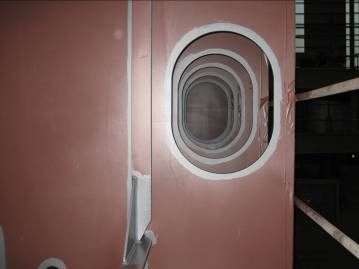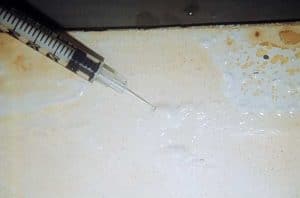Roles & Responsibilities of Quality Assurance & Quality Control Personnel on a Coatings Project
Asset owners are tasked with maximizing their return on investment (ROI). This can pose challenges when deciding where to utilize their limited resources, independent of whether the project is new construction or rehabilitation of an existing asset. While most can agree that the success of a project can be determined by maximizing longevity or “quality […]










